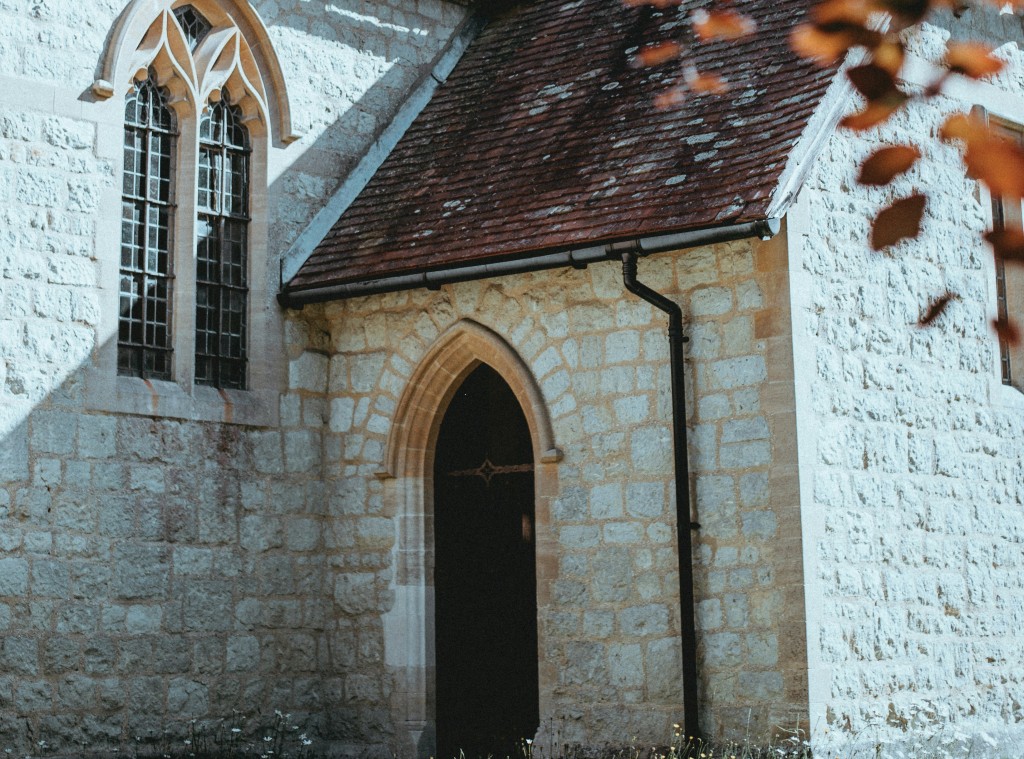You have free articles remaining this month.
Subscribe to the RP Witness for full access to new articles and the complete archives.
“It is perfectly true.—Colonel Brandon has given the living of Delaford to Edward.”
“Edward is only to hold the living till the person to whom the Colonel has really sold the presentation, is old enough to take it.”
“Very few days passed in which Mr. Collins did not walk to Rosings, and not many in which his wife did not think it necessary to go likewise; and till Elizabeth recollected that there might be other family livings to be disposed of, she could not understand the sacrifice of so many hours.”
Maybe you remember passages like these in Jane Austen’s writings. Can you guess how they’re relevant to RP history?
The concept of “lay patronage” arose during the Middle Ages, whereby a layman—typically a local landowner—could choose a parish priest, regardless of the parishioners’ wishes. This concept survived the English Reformation, so it was a familiar concept to Austen’s original readers in the early 19th Century. In Scotland, however, it was abolished at the peak of the Covenanter era.
After the Glorious Revolution of 1688, Reformed Presbyterians continued to adhere to the Solemn League and Covenant despite its rejection by the church and the state, so they denounced both as immoral and formed their own church. While they no longer enjoyed the benefits of being part of the state church, they no longer suffered its disadvantages, either. They were unaffected when Parliament restored lay patronage to Scotland in 1711. However, the incident laid the foundation for multiple splits in the Church of Scotland.
In 1733, the General Assembly disciplined a few dissenting ministers, led by Ebenezer Erskine, who publicly denounced lay patronage. They responded by forming a new presbytery based not on geography or statute, but on their association together: the Associate Presbytery (AP/APC). One of their ministers joined the RPs in 1743, finally enabling the creation of the Reformed Presbytery after 30+ years in which there was just one RP minister.
Meanwhile, both RPs and APs were settling in North America. The new political realities after the Revolution led most members of both churches to unite in 1782 as the Associate Reformed Presbyterian Church (ARPC), with which we have a strong relationship. Some of each church refrained from union, so two churches became three. Most of the new APC merged into the ARPC in 1858, forming the United Presbyterian Church; the rump APC was small and declined continuously. Just four congregations—Minneola, Kan.; Washington, Iowa; Four Mile, Pa.; and Rimersburg, Pa.—survived until the late 1960s, at which time we were realizing that some of our old positions were unbiblical. The new positions were virtually identical to those of the APs, who joined us in 1969. One of their former ministers, Ray Blair, characterized the union thus: “You kept the name, and we kept the theology.”
The Church of Scotland experienced further patronage-related schisms in 1761 and 1843, which formed the Relief and Free Churches of Scotland, respectively. The Relief Church was more liberal, sharing little with us, while the Free Church (FCS) was originally evangelical-dominated and more similar to us. However, in 1900, most of the FCS joined with the Relief and some Associate churches to form another liberal body, the United Free Church; the conservative minority stayed outside the union and kept the Free name. Historically, the FCS agreed with us in matters of worship, including a cappella psalmody. The General Assembly permitted instruments in the late 19th Century, but the conservatives who remained outside the 1900 merger soon repealed this.
By the mid-19th Century, the Scottish RP Church had begun to reject some old positions and became more open to engagement with other churches, and in 1876 Synod joined the FCS. The only congregations that stayed out were several that had retained the old positions and seceded in 1863; they were largely unaffected by 1876, and they remain the RPC of Scotland. Their numbers increased in the early 2000s after the FCS abandoned a cappella psalmody: several congregations and ministers who kept the old positions joined us instead. In 2000, an FCS schism produced a new denomination, the Free Church of Scotland Continuing (FCC). Those who left were conservatives, so the new denomination (FCC) is very similar to us, and their departure may have enabled FCS to abandon a cappella psalmody. Most of their congregations are in Scotland, but a few are in the United States. Grace (Columbia, Mo.) RPC was in the FCC until 2018.
The disruption of 1843 had effects even in Australia. Presbyterians there were connected with the Church of Scotland, and despite the absence of lay patronage in the colonies, some Australian ministers formed a body in connection with the FCS. Today known as the Presbyterian Church of Eastern Australia, this denomination is very similar to the FCC and cooperates frequently with Australian RPs.
